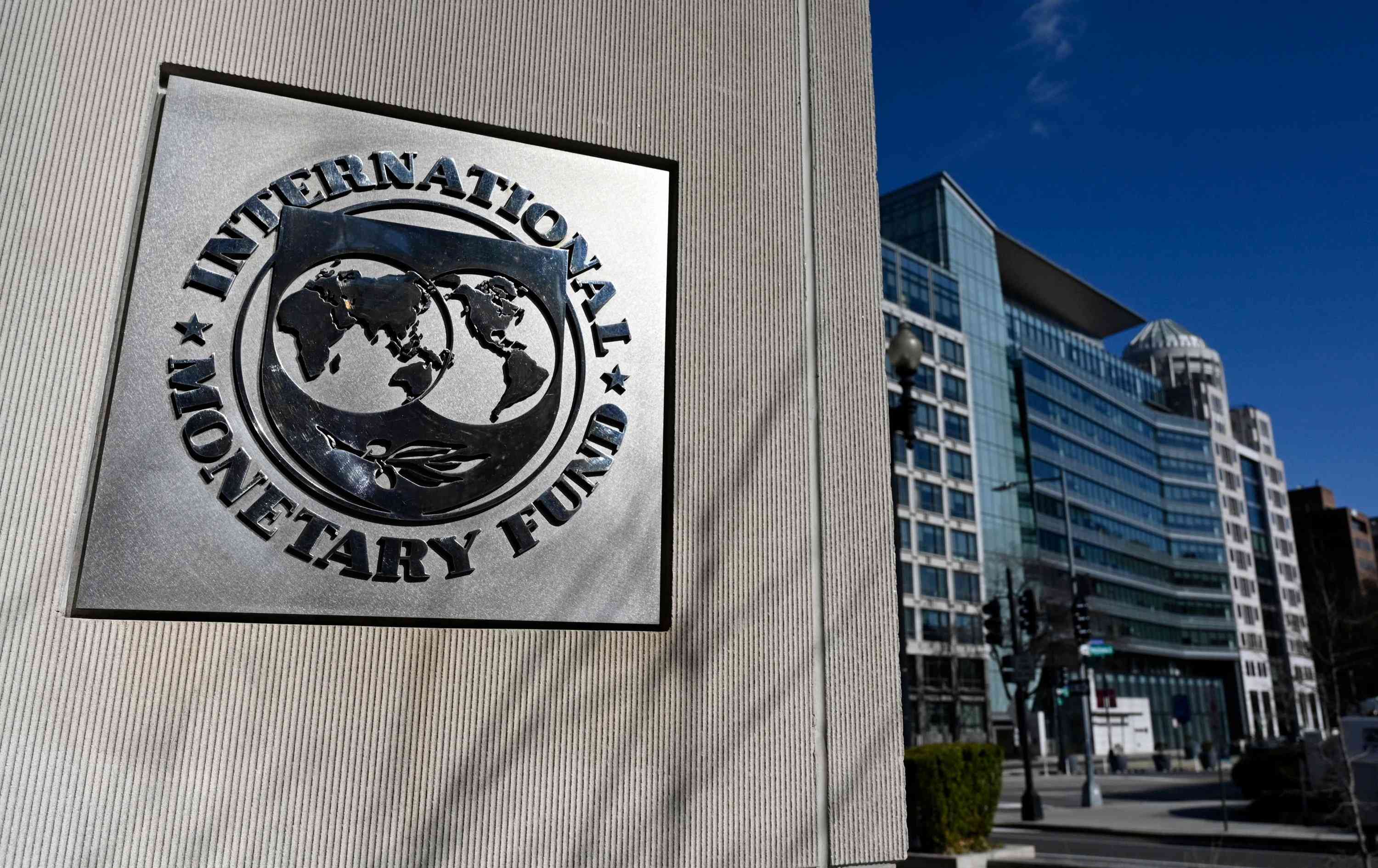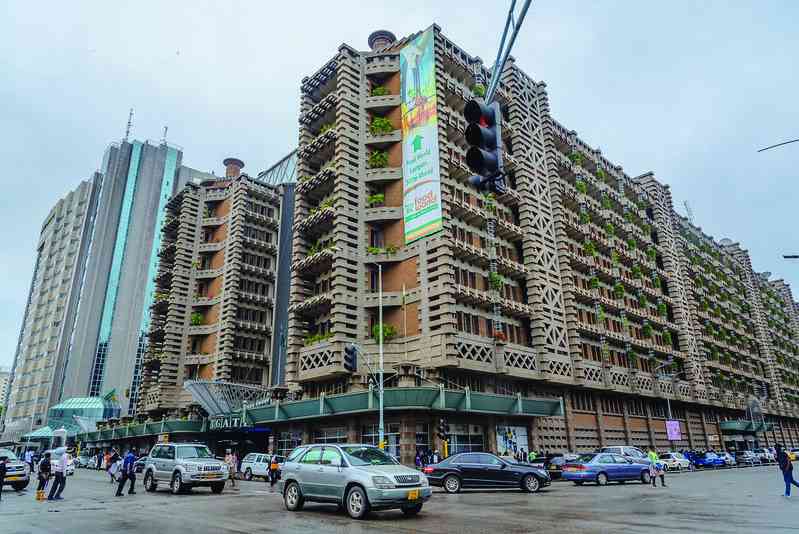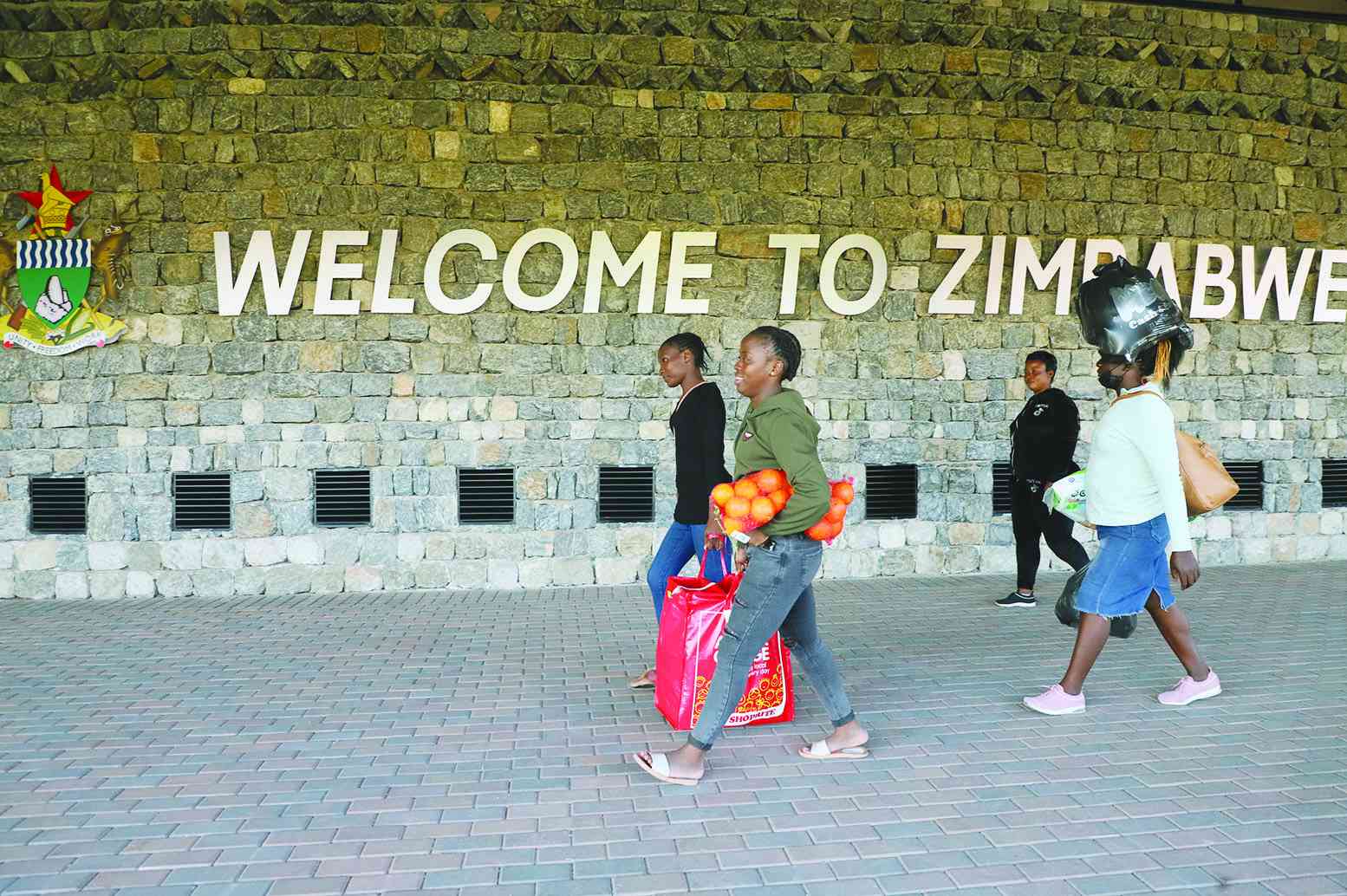
A FORTNIGHT ago the International Monetary Fund (IMF) technical team was in Zimbabwe engaging with the government of Zimbabwe together with other key stakeholders including academia, the private sector, and civil society.
Zimbabwean authorities seek to undergo an IMF Staff-Monitored Programme (SMP), a programme they want to be finalised before April 2024.
The IMF-SMP is an informal agreement between an IMF member country and IMF staff to monitor the member country’s economic programme.
These SMPs are used when an IMF member state is not yet able to implement an IMF-supported program because of limited institutional capacity, domestic instability, and or lack of assurances of financing.
In addition, the SMP can be used to help heavily indebted poor countries (HIPC) be considered for debt relief under the HIPC initiative. In short, the SMP aids an implementing nation in establishing a good track record of policy implementation.
As such, a successful IMF-SMP could pave the way for an IMF financial arrangement or for the resumption of a financial arrangement that has gone off-track.
The IMF-SMP programme is crucial for Zimbabwe at this moment when the nation is facing debt distress, weak regulatory and institutional framework, and recurring and severe local currency fluctuations, which are trapping many people in abject poverty as the cost of living goes haywire.
Due to ballooning principal and interest arrears and penalties on public debt, the nation is now struggling to access concessionary external lines of credit leading to the proliferation of resource-backed loans (RBLs).
- Village Rhapsody: How Zimbabwe can improve governance
- Defaulting Zim in bid to pacify Paris Club . . .US$420.4m black hole exposed
- Fidelity loans, IMF windfall to give Zim mines a big lift
- I am not scared: AfDb chief shrugs off Africa food crisis
Keep Reading
These are loans where repayment is either made directly in natural resources, such as minerals or is guaranteed by a resource-related income stream.
For instance, in 2022 Treasury revealed that Zimbabwe borrowed US$200 million from China in 2006 which loan was secured by 26 million ounces of platinum reserves in Selous.
RBLs are exerting dire developmental impacts by fuelling unsustainable resource extraction leading to environmental degradation, air and water pollution, forced displacements, and illicit flows. They are also accrued in secrecy thereby increasing the chances of corruption.
The ensuing debt cycle is now greatly affecting the government’s flexibility to react to adverse or unforeseen contingencies. This is happening at a time when the world is experiencing seismic shifts in climatic conditions as natural disasters like El-Nino-induced droughts, floods, and cyclones are becoming more frequent.
Zimbabwe’s capacity to invest in climate change mitigation and adaptation initiatives to cushion vulnerable groups and communities and improve economic resilience is constrained.
In addition, since 2020 Zimbabwe’s debt service ratio has been upscaling significantly. This is the ratio of debt service payments made by or due from a country to that country’s export earnings.
In short, the debt service ratio is an indicator of a country’s debt burden. A significant amount of forex generated from Zimbabwe’s exports is being used to pay creditors instead of advancing various developmental programmes.
The economy is also rapidly self-dollarising and the government has joined the dollarisation bandwagon. Recently, it promulgated Statutory Instrument (SI) 218 of 2023, which extended the use of the US dollar (US$) as a legal tender in Zimbabwe till 2030 — the end period of National Development Strategy 1 (NDS2) (2026-2030).
The Treasury initially anticipated the multicurrency regime to wind up by the end of the NDS1 (2021-2025). This policy shift is a bid to quench market panic that emanated from fears of another forced de-dollarisation plan despite a lack of fundamentals to support a mono-currency system.
In June 2019 when the government tried to force de-dollarisation through SI 142-2019, the move greatly backfired and caused huge losses of value that plunged many people into abject poverty.
Statistics show the Zimdollar underperforming against the US dollar by losing at least 60% of its value in only six months in both official and parallel foreign exchange markets.
Consequently, official price inflation tripled from 175,7% in June 2019 to close the year at about 521%. While greater use of the US dollar will bring exchange rate and price stability, it will be a mammoth task for authorities to contain the growth of the hard-to-tax informal sector economy.
Already, public faith in the formal banking system has collapsed as they embrace cash transactions and mattress banking.
The use of cash promotes underground dealings and externalisation. Thus, it poses a big threat to national budget financing on public service delivery, infrastructure development, and servicing of existing debts.
As such, IMF’s technical advice will help in broadening the tax base amid rising informality. Furthermore, the IMF-SMP will greatly benefit Zimbabwe’s reform tracks (economic growth and stability, governance, and agriculture systems) identified under the ongoing structured debt dialogues with creditors.
Given Zimbabwe’s current track record of policy reversals, having an SMP will likely compel authorities to stay the course. However, it is worth noting that most economic and structural reforms entail increases in taxes including high user fees in the education and health sectors, deregulation, and downsizing of government through withdrawal of subsidies, reduction of civil service, and commercialising and privatisation of key state-owned enterprises.
Without the establishment of strong social safety nets, these reforms exert a disproportionate impact on the poor majority who heavily rely on public services in their daily lives.
This was greatly attested by the IMF-led Economic Structural Adjustment Programme (Esap) of the 1990s as well as the Treasury’s austerity measures under the Transitional Stabilisation Programme (TSP) (Oct 2018-Dec 2020).
These reforms led to deindustrialisation, increased informalisation, high unemployment, increased exchange rate depreciation, rampant inflation, and increased poverty and marginalisation.
Therefore, there is a need for a “wet” IMF-SMP to reduce the downward pressure of reforms on the vulnerable groups in particular and the economy in general.
Generally, a wet SMP includes incentives for efforts for reforms as well as funding to mitigate social impacts on the vulnerable.
This is crucial given the fact that the SMP is being proposed at a time when Zimbabwe is also expected to experience El-Nino weather conditions (normal-to-below-normal rainfall patterns) with the potential to cause severe crop failure, affect food prices, and increase food insecurity.
Furthermore, there is a need to prioritise feasible ways of raising fiscal resources without increasing taxes.
These include, inter alia, curbing public sector corruption to reduce resource leakages, plucking illicit financial flows, particularly in the extractive sector, strengthening value chains, import-substitution, formalisation of the informal economy, and strengthening institutional and legal frameworks.
Sibanda is an economic analyst and researcher. He writes in his personal capacity. — brasibanda@gmail.com or Twitter: @bravon96










